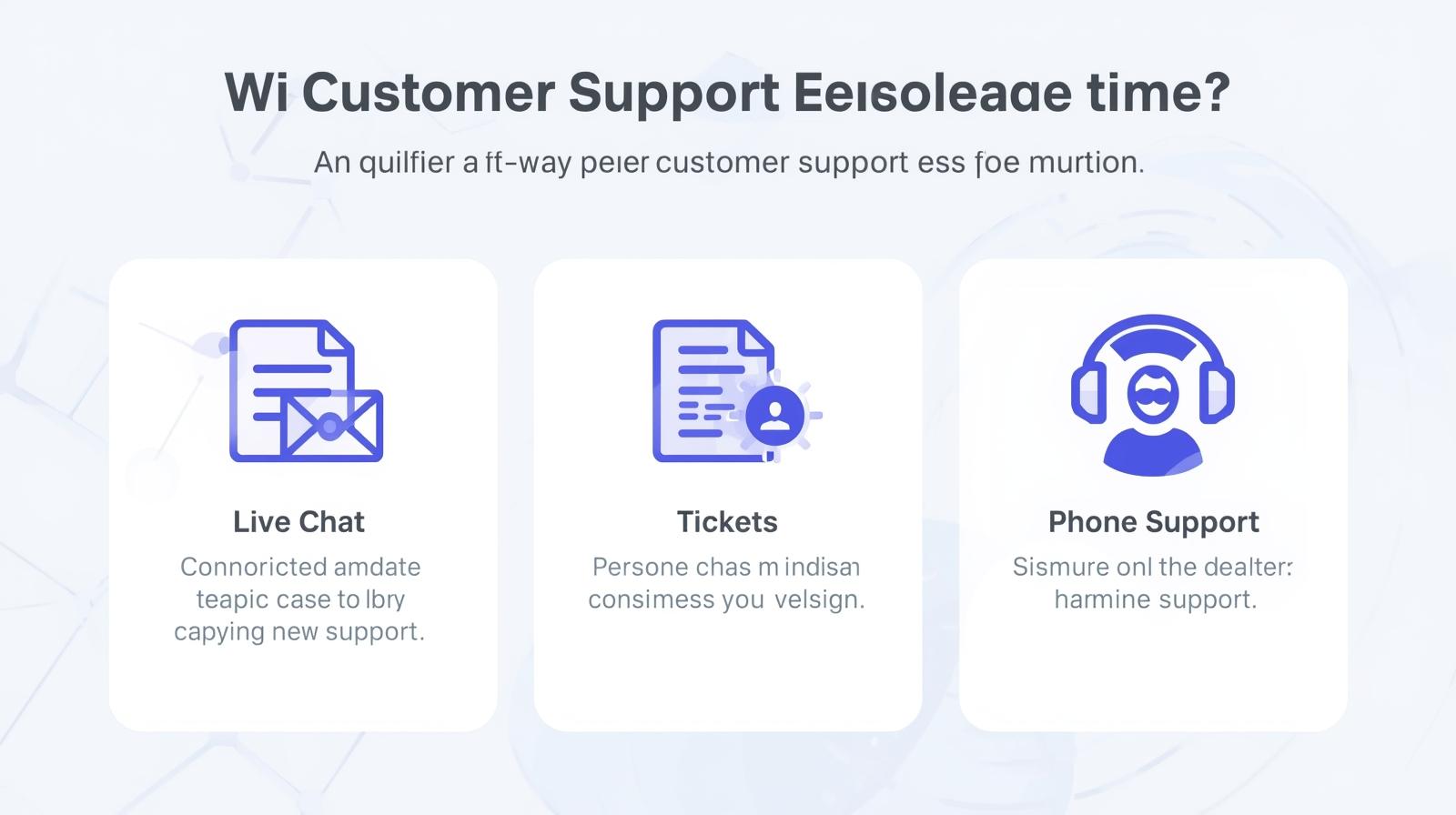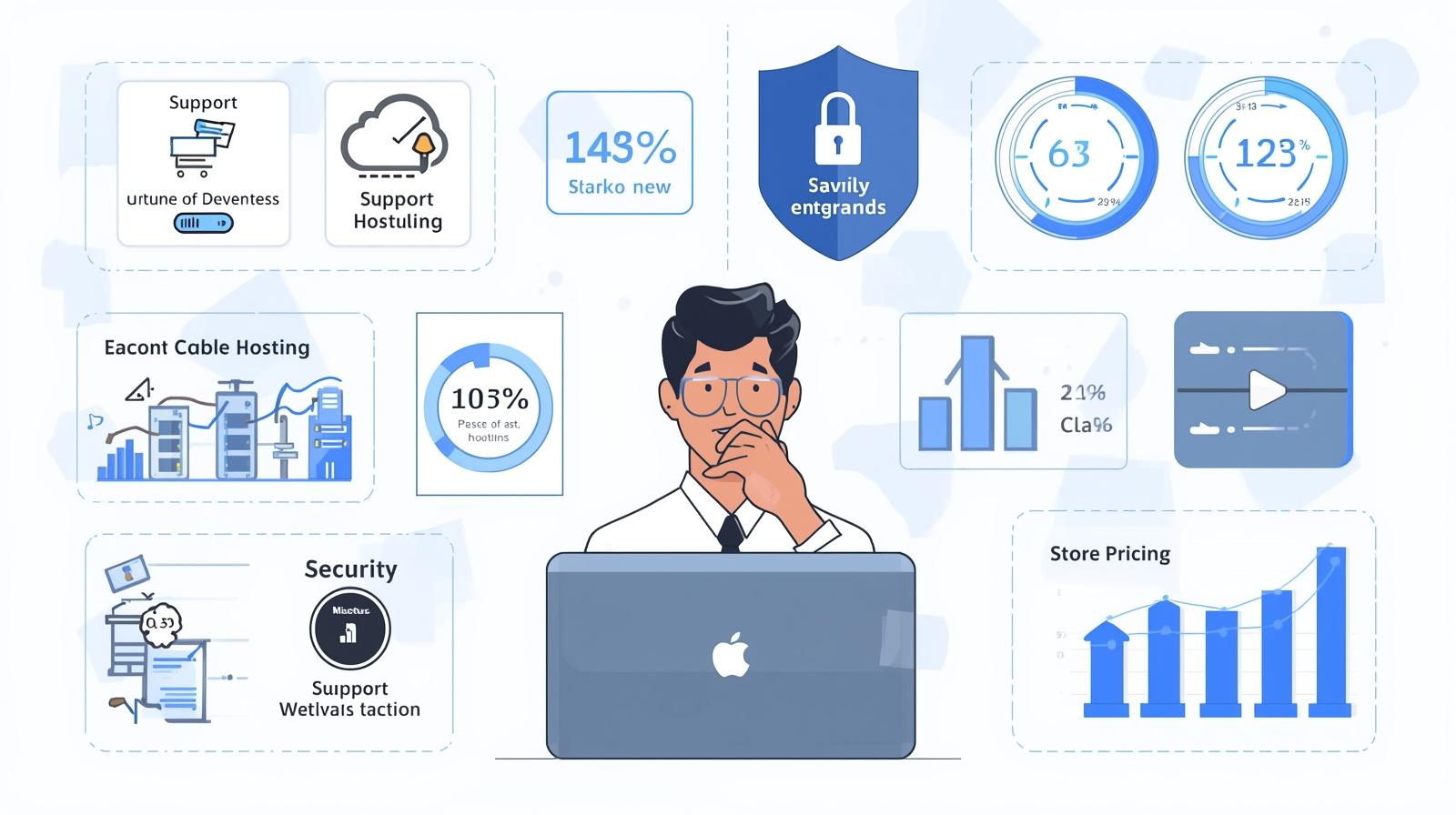November 17, 2025
What do you understand by hosting benchmarks?
If you have a website and you are on the lookout for the best hosting provider, you must understand how hosting works, which metrics you should consider before choosing a reliable hosting service. There are various benchmarks which are extremely important in hosting, and as they say, one must work alongside analytics to truly understand what’s working and what isn’t working for your website.
Let’s first establish how benchmarks help you and the way you can measure the host’s performance in areas like network speed, RAM efficiency, CPU speed, etc. Some of the key areas where you will benefit from hosting benchmarks are resource optimisation, performance identification, objective comparison, continuous improvement and informed decision making.
However, these benchmarks are not always as effective because they present an incomplete story, which does not show the actual performance of the website under massive application load and real-world user behaviour.
So let’s find out how these can be misleading and what you should look out for when choosing a web hosting provider.
Hosting Benchmark 1: Time to First Byte
The first benchmark we are going to discuss is the time to first byte, i.e., TTFB. It is the total time taken by the browser to receive the first byte of data from the web server once the user has sent the request. However, this metric is only telling you insights about whether the infrastructure is working effectively or not, but only for that brief moment. It does not give you a very detailed idea of what will happen when the real load arrives or when the databases, plug-ins and everything else are working together.
Hosting Benchmark 2: Interaction to Next Paint
You can measure the entire interaction life cycle using the Interaction to the Next Paint (INP) benchmark. This is the time recorded after initiating the interaction request till the time the user sees a visual update on their screen. However, this benchmark does not include scrolling as an aspect of INP, which is why you cannot really detect if your website is having any performance issues.
Hosting Benchmark 3: Server Response Time
Another measure you must be aware of is Server Response Time. It is the total time taken by the server to respond to a user request. It is a pretty simple benchmark which you often take into consideration to evaluate the server’s performance. However, you cannot just evaluate your server’s health through its response time. Because at the same moment, your server may be struggling with high memory usage or high CPU usage, which will slow down its performance in the long run, but you don’t get its idea with just evaluating the time taken to respond to users in the moment.
Bottom Line?
What you need to understand is that performance evaluation requires a full-fledged, comprehensive plan that flags all the issues about the hosting provider and their service. Businesses do not want to face website outages because they greatly hamper customer experience and overall business reputation as well. So simulate real-world scenarios so that you can truly evaluate the performance of your website.
Test your website and hosting platform’s performance in a real-time manner, i.e., when the website is doing actual operations, such as identifying how your website responds to form submissions, user logins, and other e-commerce transactions taking place at the same time.
So what you need overall is a reliable hosting provider, which you will find at 10Hostings, a third-party hosting firm listing platform. So get there and start tracking the top web hosting firms in Kansas to get a versatile hosting plan for your business website.

Recent Posts
ARE YOU A LEADING HOSTING SERVICE PROVIDER?
Get listed in world's largest hosting directory today!
Directory listing counter is continuously increasing, be a part of it to gain the advantages, 1487 Companies are already listed.




























